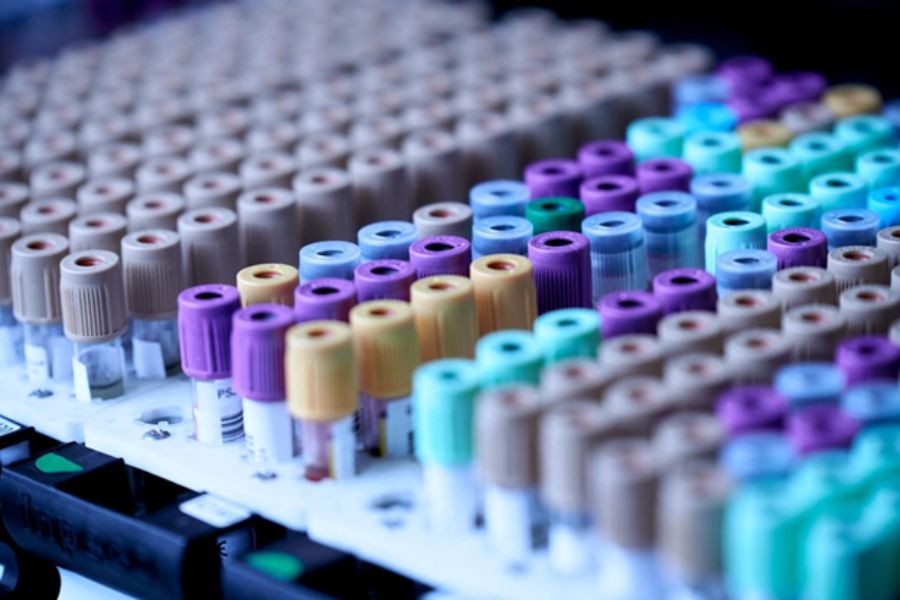Modern laboratories are evolving faster than ever. From pharmaceutical research to environmental testing, scientific institutions now rely on advanced automation, data analytics, and digital integration to streamline their workflows. The traditional image of manual pipetting and paper-based recordkeeping is quickly being replaced by connected instruments, intelligent software, and robotic systems capable of handling complex processes with remarkable precision.
These technological advances are improving efficiency and redefining how scientists approach experimentation and analysis. As the demand for faster results, higher accuracy, and better reproducibility increases, smart laboratory workflows are becoming the cornerstone of scientific innovation.
Automation and AI
Automation is one of the most significant shifts in laboratory science. Tasks that once required hours of manual labor, such as sample preparation, liquid handling, and data entry, are now managed by robotic systems that deliver consistent results with minimal human intervention.
Artificial intelligence (AI) and machine learning algorithms further enhance this efficiency by analyzing data patterns, predicting outcomes, and identifying potential errors before they occur. For instance, automated systems now handle Enzyme-linked immunosorbent assays with speed and precision previously unattainable by manual methods. These assays, which detect and quantify specific proteins or antibodies, are fundamental in diagnostics and research.
Integrating AI-powered image recognition and automated plate readers has streamlined the entire process, from sample handling to result interpretation. Laboratories can now process larger sample volumes, reduce human error, and accelerate discovery timelines without compromising accuracy.
Automation and AI work hand in hand to improve scalability. Whether performing high-throughput screening or quality control testing, labs benefit from standardized procedures and real-time adjustments guided by data-driven insights. The outcome is a more reliable workflow capable of adapting to new challenges without increasing resource demand.
Digital Data Integration and Laboratory Informatics
The growing volume of scientific data has created both opportunities and challenges. Laboratories generate massive datasets daily, from genetic sequencing and chemical analysis to imaging and spectroscopy. Without proper organization, valuable insights can be lost in fragmented systems. Laboratory Information Management Systems (LIMS) and Electronic Laboratory Notebooks (ELNs) have emerged as critical tools for unifying data across platforms.
These digital solutions allow researchers to track samples, manage workflows, and maintain compliance with regulatory standards seamlessly. By connecting instruments directly to centralized databases, LIMS and ELNs eliminate manual data entry errors and provide full traceability. The integration of cloud-based systems allows global collaboration, where research teams can securely access and share data in real time.
Smart Sensors and Internet of Things (IoT) Applications
The Internet of Things (IoT) has brought a new level of intelligence to laboratory environments. Smart sensors monitor conditions such as temperature, humidity, vibration, and air quality around the clock. When connected to centralized monitoring systems, these sensors provide instant alerts if parameters deviate from acceptable ranges.
For example, in biobanks or pharmaceutical storage, even a minor temperature fluctuation can jeopardize valuable samples. IoT-enabled freezers and incubators automatically adjust internal conditions and log performance data for compliance reporting. In research labs, environmental sensors ensure that experimental conditions remain stable, maintaining data accuracy and integrity.
Robotics in Sample Handling and Analysis
Robotics has become a defining feature of modern laboratory design. Robots can perform repetitive or hazardous tasks with precision, freeing researchers to focus on higher-level analysis and interpretation. Automated sample handling platforms manage everything from pipetting and dilution to centrifugation and labeling.
Collaborative robots, or “cobots,” are now being introduced into shared laboratory spaces. These systems are equipped with advanced sensors and safety mechanisms that allow them to work alongside human scientists. Cobots can assist with complex workflows, such as multi-step synthesis or intricate sample preparation procedures, without requiring extensive programming.
Data Security and Regulatory Compliance in Smart Labs
As laboratories embrace digital transformation, data security and regulatory compliance have become central concerns. Sensitive information, such as patient data, proprietary research, and experimental results, must be stored and transmitted securely. Advanced encryption, multi-factor authentication, and role-based access control are now standard in laboratory IT frameworks.
Regulatory agencies like the FDA and EMA require traceable documentation for all laboratory activities. Smart systems automatically generate audit trails, version histories, and timestamps, ensuring that compliance requirements are met effortlessly. These records are critical for maintaining certifications such as Good Laboratory Practice (GLP) and ISO standards.
The Role of Sustainability in Laboratory Innovation
Sustainability has become a growing priority across the scientific community. Laboratories consume significant energy and resources, from equipment operation to chemical disposal. Modern technology is helping to reduce this environmental impact through energy-efficient systems and digital resource management.
Automated scheduling systems can power down unused instruments, minimizing wasted electricity. Smart ventilation systems adjust airflow based on occupancy and activity levels, maintaining safety while conserving energy. Virtual collaboration tools and remote monitoring reduce the need for travel, further lowering the carbon footprint associated with research activities.
The shift toward smarter laboratory workflows represents more than technological progress; it’s a redefinition of how science is conducted. By embracing these advancements, laboratories around the world are setting the stage for faster discoveries, greater precision, and a more sustainable research future.

